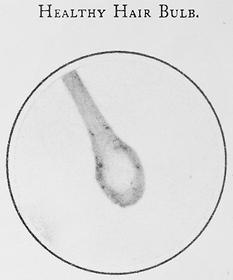Technologies
The invention of photomicrography
In the 1870s, U.S. Army surgeon Joseph Janvier Woodward invented a technique of photographing objects seen under a microscope. Woodward's photomicrographs—made with a room-sized apparatus that used direct sunlight as the light source—caused a sensation when exhibited at the 1876 Centennial Exposition in Philadelphia. After further development, photomicrography enabled forensic investigators to make visual records of what they saw. The photographs served as an aid to analysis and could be presented as evidence in the courtroom.
Definition
Photomicrograph:A photograph of a microscopic view; a photograph of what one might see looking through a microscope. In contrast, a microphotograph is a very small photograph that can only be seen with the aid of a microscope.
